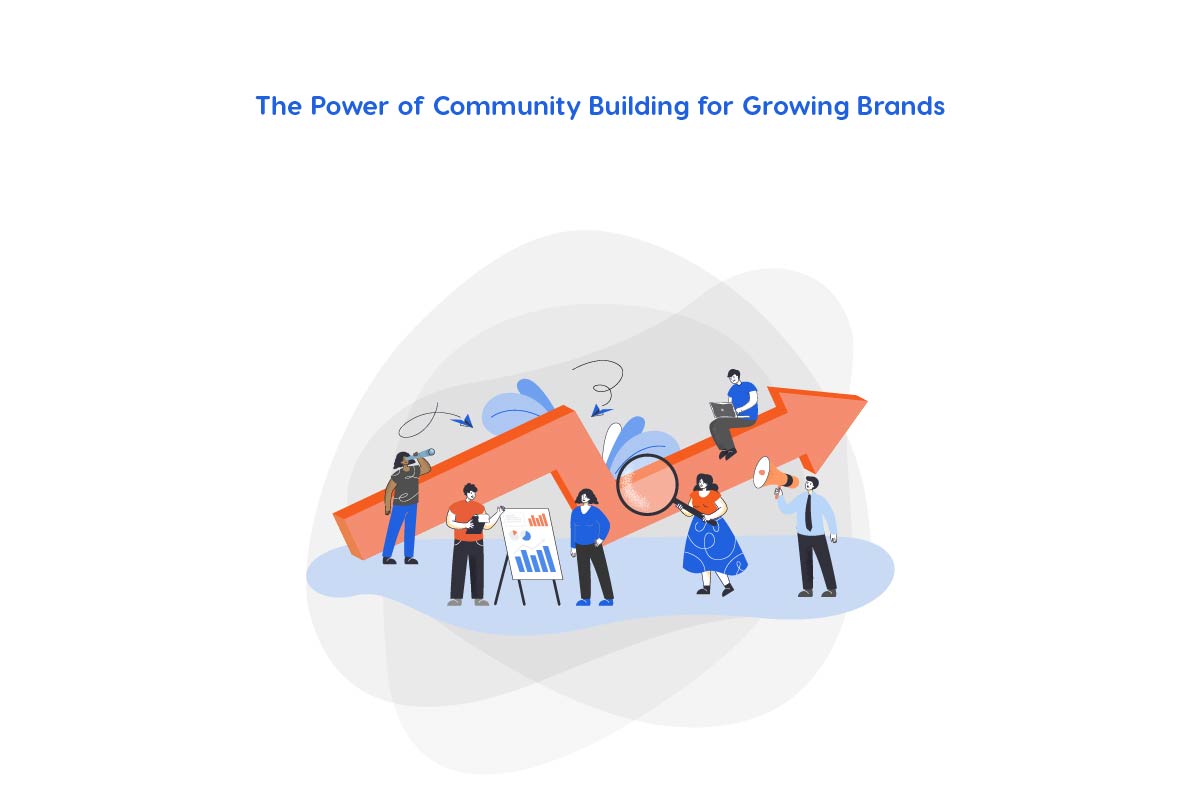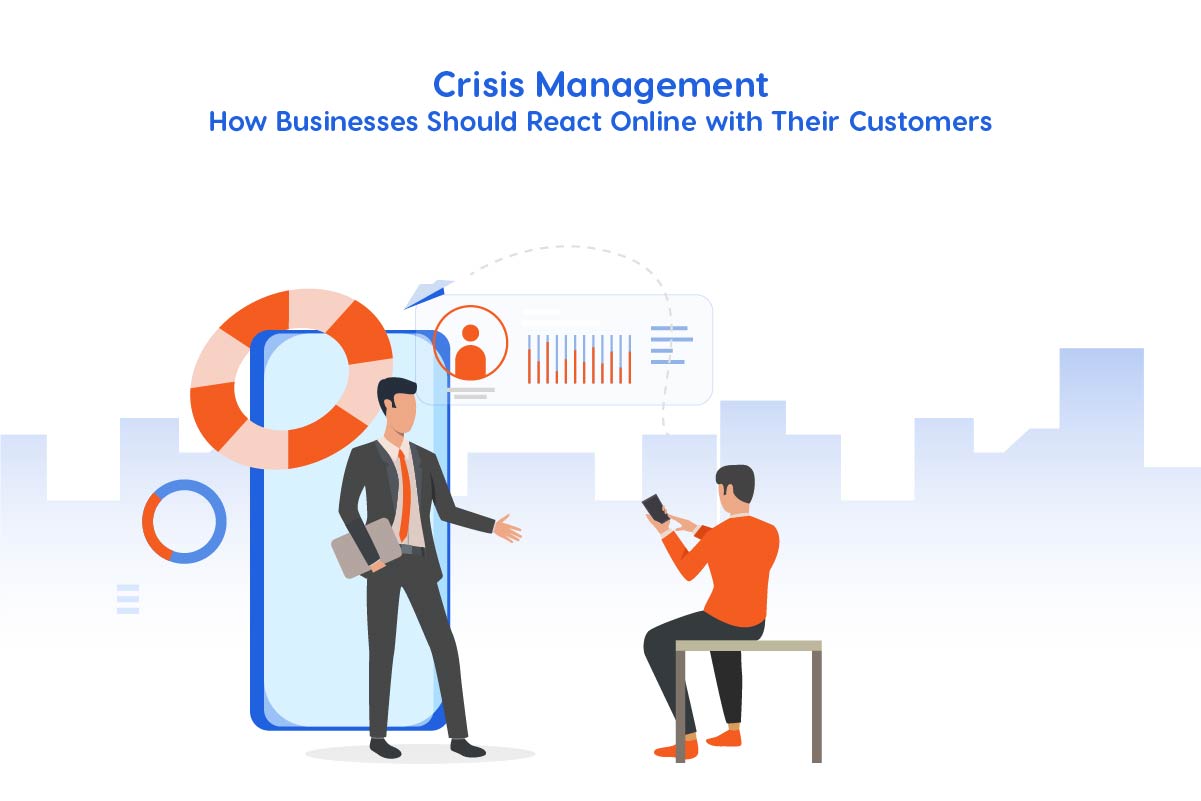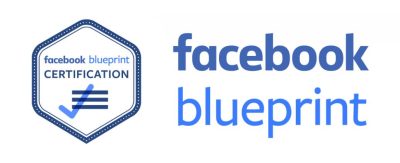Does your website receive no organic traffic? If the answer is yes, Google may need to be indexing your website. Any website that Google does not index will not appear in its search results. Therefore, you won’t receive any search engine visitors as a result. However, there are several ways to convince Google to index your site more quickly and begin displaying it in Search results.

How Does Google Indexing Work and What Is It?
In simple words, indexing is adding a website and its pages to Google’s extensive database so that your site will appear in its search results. A key component of how Google search functions are indexing. Initially, Google used a procedure known as crawling to find new web pages. It is the process by which Google discovers new content on your website by clicking on various inbound and outbound links. Once it locates these pages, it incorporates them into its enormous database (indexes your pages). Although Google’s indexation procedure is very efficient, it could be more flawless. And since not having your pages indexed makes it impossible to achieve your marketing objectives, indexation isn’t something you should leave to chance.
Here are four ways to get Google to index your site
You will get a few visitors if people need help finding your website when searching. With a staggering 92 percent market share, Google is the most popular search engine on the internet. Daily searches on Google lead to the discovery of new websites. Additionally, did you know that organic search generates 51% of all website traffic? That implies that Google may qualify for more than half of the traffic to your website.
That much traffic is something you most definitely want to take advantage of. Therefore, the first step to having a search presence is to get Google to index your website. Of course, creating excellent content and user-friendly pages is necessary if you want to generate a lot of traffic and sales. Here are some of the ways that will help you to index your web page quickly in google search:
Content of a high caliber is essential for both indexing and ranking. Therefore, remove low-quality and underperforming pages from your website to guarantee its content performs at its best.
This enables Googlebot to concentrate on your website’s valuable pages, maximizing its use of your “crawl budget.” Every page on your website should be beneficial to users as well. Additionally, the content must be original. For Google Analytics, duplicate content can be a warning sign. Try to avoid having duplicate content on your website. The caliber of your website and blog content is still significant. Still, content is king.
Your content must offer insightful information. It may be challenging to remove pages you created with no real purpose. Making pages with high-quality content involves lowering bounce rates, elongating user engagement, and producing informative and entertaining content. For today’s SEO, high-quality content pages need to be fresh. The freshness of content is nothing new. The announcement from Google back in 2011 confused what constituted “fresh content.”
- What, then, is it? And how does evergreen content interact with freshness?
- It’s Don’t just change the date on evergreen content each year.
- To determine what needs to be updated, you must get into the deep of the content than just well-written and lengthy.
- If you regularly create new content, search engines will visit your website more frequently.
- This is especially helpful for publishers requiring consistent publication and new story indexing.
Regularly publishing new content informs search engines that your site is constantly evolving and needs to be crawled more frequently to reach its target audience.
A sitemap makes it simple for search engines to navigate your website’s content. It provides them with a comprehensive list of your content in a machine-readable format. Additionally, it lets search engines know how often you update your website and which links are more crucial than others.
Do sitemaps impact how you rank in searches? They can, but just slightly.
Sitemaps are beneficial when you start a blog or develop a new website because most new websites still need many internal links or backlinks. Therefore, by creating an XML sitemap, you can ensure that all of your key posts and pages, including new content, are indexed by search engines.
Is it a promise that your website will be indexed right away? Unfortunately, no. However, it is unquestionably a helpful webmaster tool that aids in that process.
Sitemaps assist your content is being crawled and indexes so it can grow to the top of search engine result pages more quickly. According to Google, “Submitting a Sitemap helps you make sure Google is aware of the URLs on your site.”
Crawlers can find your pages more easily with internal linking. Orphan pages, also known as nonlinked pages, are rarely indexed. Internal linking is correctly ensured by good site architecture, as outlined in a sitemap. Your website’s content is organized in an XML sitemap, which you can use to find any pages that aren’t linked. Here are some additional guidelines for internal linking practices:
Remove internal Nofollow links: Googlebot notifies Google that it should remove the tagged target link from its index when it encounters nofollow tags. Therefore, link nofollow tags should be removed.
Include reputable internal links: As already mentioned, spiders browse your website to find fresh content. Links between pages speed up the procedure. Therefore, using highly ranked pages to internal link to new pages will speed up indexing.
Create backlinks of a high caliber: In the eyes of search engines, the more backlinks you have, the more reliable and respectable you are. Google considers Pages significant and reliable if authoritative sites consistently link to them. In addition, backlinks inform Google that a page should be indexed.
Another way to direct search engine spiders like Googlebot is with SEO tags. There are two main categories of SEO tags that you ought to improve.
Sometimes you may need to remove a page from Google search results because its content is unrelated to your website. You may want to safeguard your privacy and keep out unauthorized visitors. Noindex tags may be the reason why some pages need to be indexed. Utilizing Google Search Console is the simplest way to do this. First, go to the Coverage tab in the left menu after logging into your account and look for the following message: excluded by the “noindex” tag.
Tags called “canonical” indicate to crawlers which version of a page is preferred. Without a canonical tag, Googlebot understands that a page is the best and only version of that page, and it will index that page. Even if the other version doesn’t exist, Googlebot won’t index a page that holds a canonical tag because it will assume that there is a different preferred version of the page. You will notice a warning that says “Alternate page with canonical tag” in this situation.
The best resources to help Google index your website
Although getting your site properly indexed may seem complicated, it is much easier if you have the right tools available. Let’s introduce you to Google Search Console and the Yoast SEO plugin. You can use Google Search Console, formerly Google Webmaster Tools, for free to track how often Google indexes and lists your website in its search results. You can use it to monitor crawling, indexing mistakes, and security concerns about website indexation. Go to Search Console and sign in to the Google account if you don’t already have one. A WordPress plugin called Yoast SEO can help make your website’s content search engine friendly. One of the best tools for enhancing your search presence is this one. Although the premium version has more sophisticated features, the free version is also extreme. Yoast enhances the functionality and settings of your website setup and assists you with content optimization. The plugin’s ability to generate an XML sitemap is one of its many valuable features.
Final words
The first step to a prosperous website is indexing it on Google. You will get a lot of traffic if people can find your website through a search engine. In addition, you need to monitor how your website is crawled and indexed regularly. This is done to see problems as soon as possible and fix them before they affect your search presence. Try to update your website at least three times per week for the most significant impact on indexing speed.
It’s great that Google can now help you find your website. What comes next? Try to win the ranking game by creating high-quality content that both Google and your users want to read!





